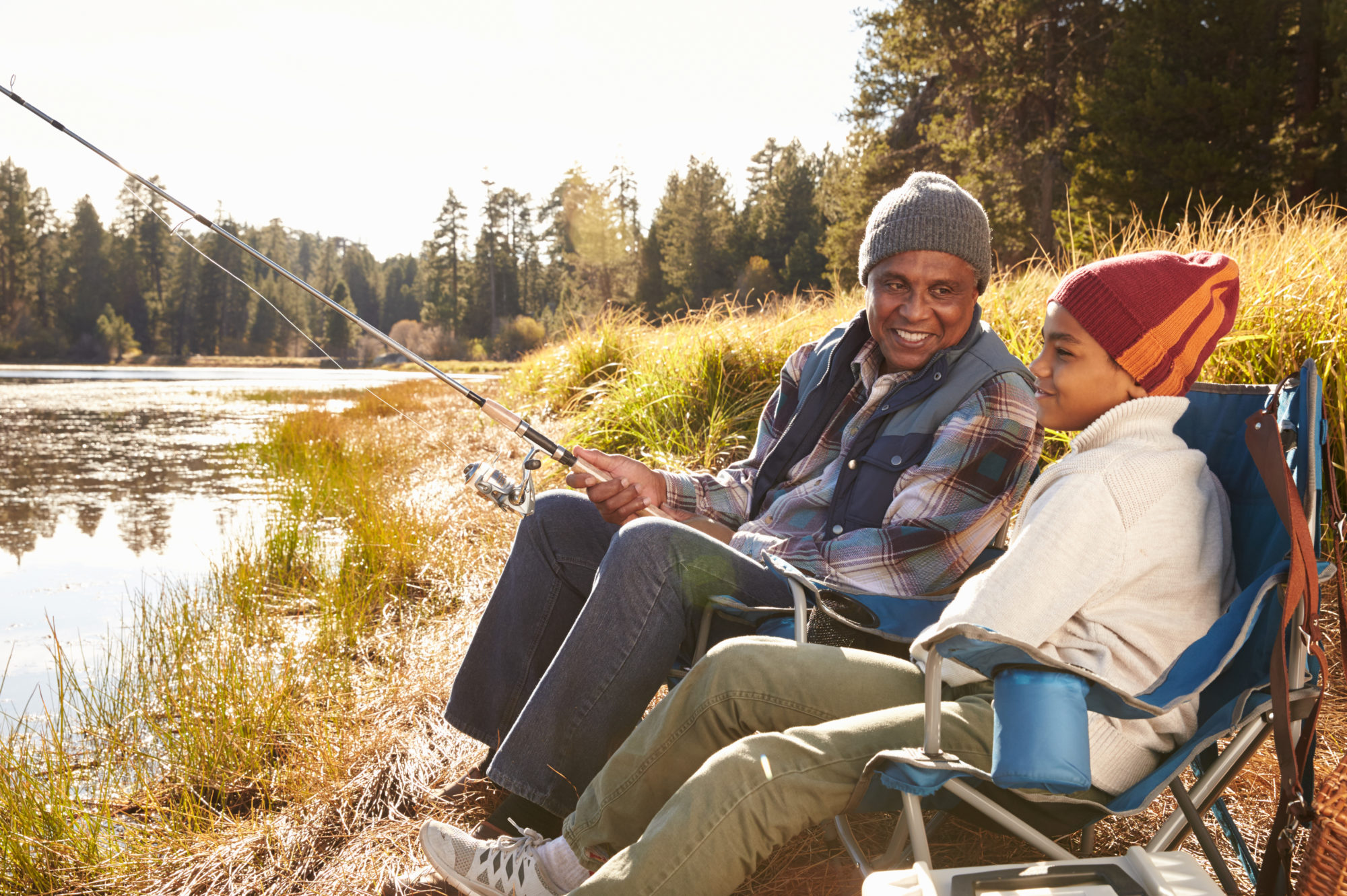Here is a list of some of the most important research articles published regarding HoLEP and other BPH procedures.
Published 18 year results from the creator of the HoLEP procedure. 2019.
Literature summary article comparing HoLEP to other treatment types. 2015.
HoLEP works even in men whose bladders do not. 2014.
https://pubmed.ncbi.nlm.nih.gov/24231217
Follow up study on HoLEP in men with poorly functioning bladders.
https://www.sciencedirect.com/science/article/pii/S0090429524007039
Aquablation, real world 4 year follow up data.
https://www.goldjournal.net/article/S0090-4295(24)00625-3/abstract
Steve Kaplan is a well known urologist, expert on BPH, and is on the AUA (American Urology Association) guidelines review panel for BPH. This is his data, and it is an accurate and honest assessment of the aquablation procedure. The results look good. The trade off between aquablation and HoLEP (without apical sparing) is simple. Aquablation can preserve apical tissue, which leads to preservation of antegrade ejaculation in the majority (>90%) of patients. It also has a lower risk of temporary stress urinary incontinence because of this apical tissue preservation. As a trade off, there is not nearly as much tissue removed as would be with a simple prostatectomy or HoLEP surgery. This is evident by the size reduction volume, average PSA drop, and high percentage of patients maintained on finasteride that was seen in this study. What this translates to is higher retreatment rates (still low at 4% by 4 years, but we will see what this number is in patients with > 80 cc prostates as the data matures), and it may not result in adequate functional outcomes in hypocontractile and acontractile bladders (unless apical tissue is removed). However, even with apical tissue removal, if the overall prostate volume reduction is not maximized, this still may create enough restriction within the prostatic channel for patients with poorly functional bladders to not be able to void and empty their bladder successfully. I would be interested to see Aquablation results on hypocontractile and atonic bladders.
By the way, preservation of apical tissue is not a novel concept or a technique that can only be accomplished by Aquablation. you can do the same technique with a HoLEP or TURP. There are some TURP studies showing antegrade ejaculation preservation using an apical sparing technique. I am not aware of any HoLEP studies where apical preservation was applied and the results examined.
Follow up letter to the editor on this Aquablation article.
https://www.goldjournal.net/article/S0090-4295(24)00853-7/abstract
Here is my youtube video, intended for medical professionals, on HoLEP education.
Here is a good video explaining additional details of the HoLEP operation by my former residency colleague Dr. Law Tsai.

